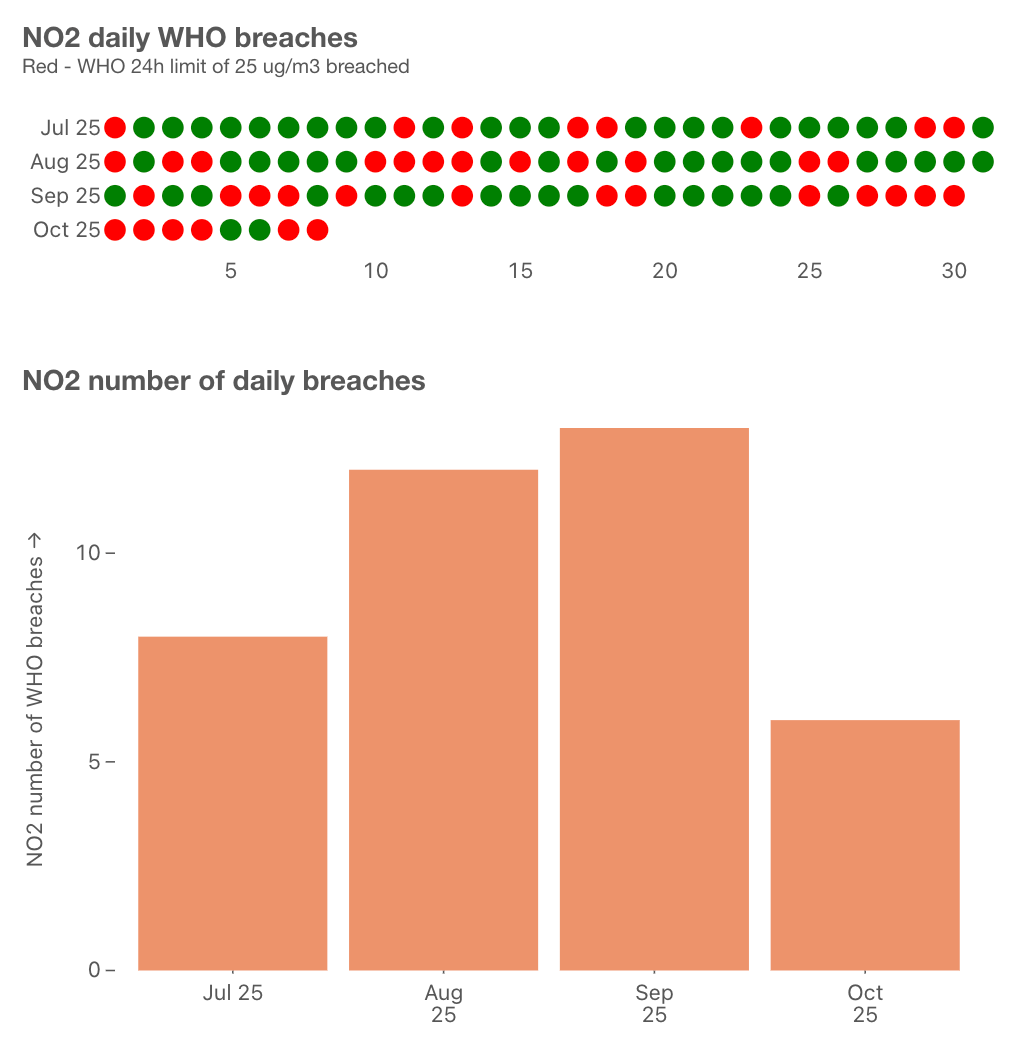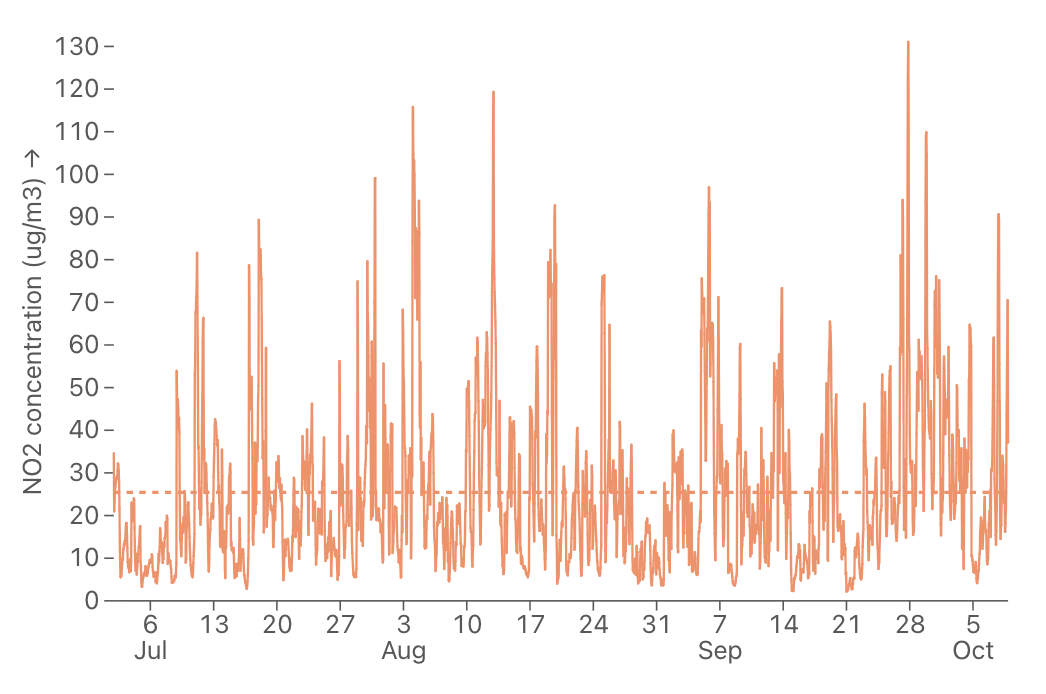We’re all about data. So this week we thought we’d take a look at some of the initiatives that have caught our eye across to look at data in different ways, and link that through to funding and economic incentives.
Firstly, the respected ‘Our World in Data’ (co-authored by Hannah Ritchie and Pablo Rosado) brought out new analysis earlier this year specifically on air pollution. Going further than other evidence, this attempts to distinguish which pollutants are responsible for what proportions of the estimated 8 million deaths caused by air pollution. The summary is that nitrogen oxides cause about 1 million, black carbon several million and the rest from sulphur dioxide, methane and ammonia.
So how to use that data to get the incentives right to reduce it? Environmental problems often suffer from the tragedy of the commons - everyone’s responsibility so no-one’s responsibility. But with particulate matter pollution being so deadly, the state government of Gujarat in India set up a cap and trade system for industry, to combine both limits and incentives. There are plenty of similar systems around the world for carbon dioxide and other greenhouse gases, but this appears to be the first and only on air pollution. Let’s see if others follow suit!
Sharing some action
As well as legal and economic incentives, companies can be encouraged to change behaviour through expectations of investors. ShareAction is coordinating work on this by working with major investors to set the tone about what is expected on air pollution. Public investment matters too, but the latest report on the State of Global Air Quality Funding from the Clean Air Fund shows we are going the wrong way. This is despite well-known research from the World Bank showing pollution costs the global economy $8 trillion.
Back to the well-trodden path of our own local data. Despite the recent announcement about London meeting nitrogen dioxide legal limits, we are still seeing some crazy high readings from our Brixton monitoring node. We are less that a third of the way into October and we have already seen six days breach World Health Organisation limits.
We are pretty sure much of the cause of this is traffic emissions so how we can turn the incentives around both for car manufacturers and drivers? Would it help to remind ourselves what Hannah Ritchie and co told us about nitrogen dioxide harms? Wouldn’t it be good if the data on the response from industry, investors and governments matched the data on the scale of the problem?




